Throughout history, many inventions have revolutionized the way we live, work, and interact with the world around us. Some of these breakthroughs have become household names, while others, equally significant, have faded into obscurity. These forgotten innovations once played pivotal roles in shaping civilizations and industries, laying the groundwork for future advancements. By revisiting these overlooked inventions, we can appreciate the ingenuity that paved the way for modern technologies. Their lasting impact reminds us that even the most forgotten ideas can influence the course of history.
The Antikythera Mechanism
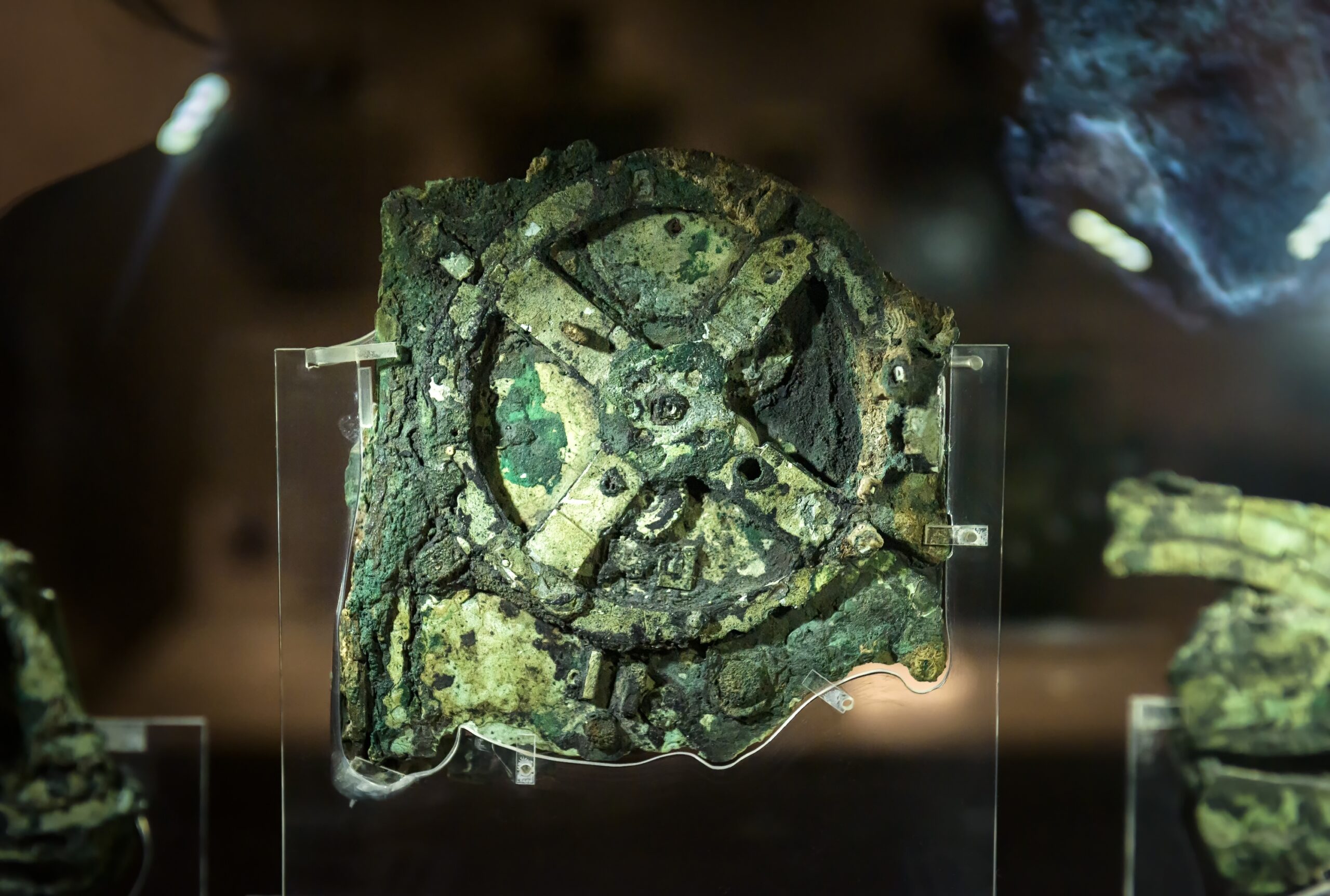
The Antikythera Mechanism, discovered in an ancient shipwreck in 1901, is considered one of the earliest known analog computers. Dating back to around 100 BCE, this intricate device was used to predict astronomical positions and eclipses. Its complex arrangement of gears and dials showcased an advanced understanding of celestial mechanics. Surprisingly, it wasn’t until centuries later that such sophisticated technology re-emerged. Forgotten for millennia, it demonstrates how ancient civilizations were capable of remarkable feats of engineering. Today, it’s a symbol of the potential knowledge lost through the ages.
The Aeolipile

Often credited as the first steam engine, the aeolipile was invented by Hero of Alexandria in the 1st century AD. This device used steam pressure to create rotary motion, a groundbreaking concept for its time. While it didn’t lead to practical applications in its era, it laid the foundation for future steam engines that powered the Industrial Revolution. For centuries, the aeolipile was largely forgotten until modern historians uncovered its significance. Despite its simple construction, its principles would revolutionize industry much later. The aeolipile serves as a reminder of ancient ingenuity ahead of its time.
Roman Concrete

Roman concrete, known as opus caementicium, is an ancient building material that has withstood the test of time. Unlike modern concrete, which deteriorates over decades, Roman concrete structures like the Pantheon and aqueducts have lasted for millennia. The secret ingredient, volcanic ash, allowed the concrete to harden even in seawater. After the fall of the Roman Empire, the formula was lost for centuries. It wasn’t until the 19th century that modern engineers began to realize the full value of this lost technology. Roman concrete could have accelerated advancements in construction if it hadn’t been forgotten.
The Baghdad Battery

This ancient device, dating back to the Parthian period (250 BCE – 224 CE), could have been one of the earliest forms of a galvanic cell or battery. Made of a ceramic pot, a copper cylinder, and an iron rod, it could produce a small electric current when filled with an acidic liquid. The true purpose of the Baghdad Battery is still debated, but it hints at knowledge of electricity long before it became mainstream in the 19th century. Forgotten for centuries, this invention represents a fascinating early understanding of electrical principles. Rediscovered in the 1930s, it continues to intrigue scientists and historians alike.
The Puckle Gun

Invented in 1718 by James Puckle, this early machine gun was designed to fire multiple rounds in quick succession. It was intended for naval use and could switch between firing square bullets for enemies of different religions and round bullets for Christians. Despite its innovative design, the Puckle Gun wasn’t widely adopted due to the technical limitations of the time. The concept of rapid-fire weaponry would re-emerge much later in the form of modern machine guns. This forgotten invention shows how far ahead of its time it was in military technology.
The Phonautograph
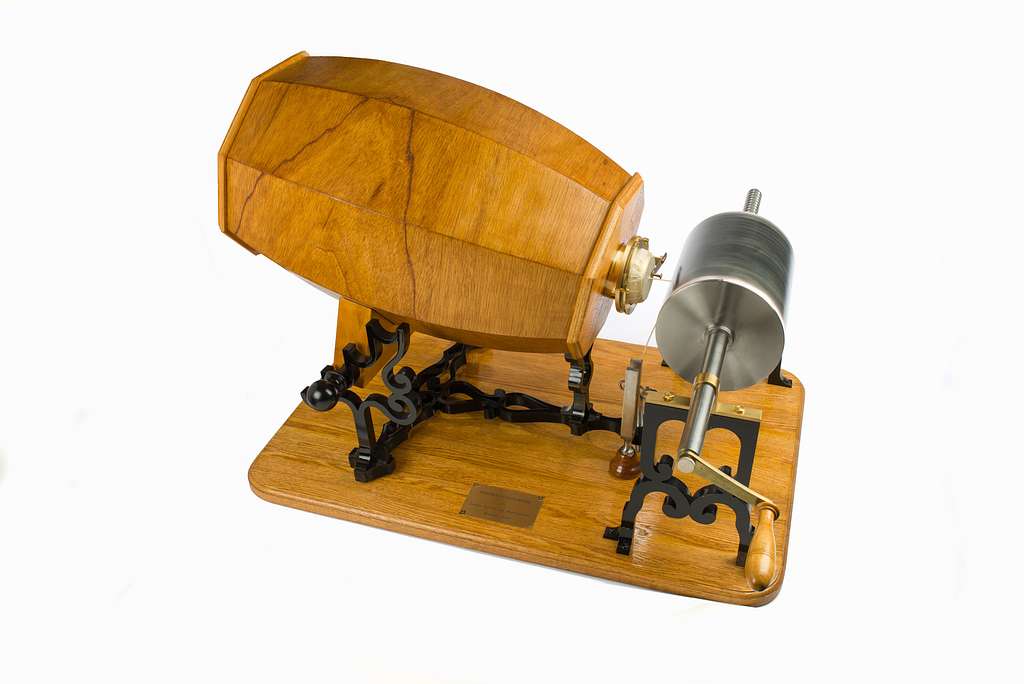
Before the phonograph, there was the phonautograph, invented by Édouard-Léon Scott de Martinville in 1857. This device could visually record sound waves, but it had no mechanism for playback. It marked the first time that sound could be captured, leading the way for future sound recording technologies. For decades, the phonautograph was forgotten, overshadowed by Thomas Edison’s phonograph, which could both record and play back sound. It wasn’t until the 21st century that researchers played back Scott’s recordings, finally giving voice to this forgotten invention. Its significance lies in its pioneering role in sound technology.
The Pascaline

Blaise Pascal invented the Pascaline, one of the earliest mechanical calculators, in 1642. It could perform basic arithmetic operations like addition and subtraction using a series of gears and wheels. Although groundbreaking, the Pascaline was expensive and not widely adopted, overshadowed by simpler tools like the abacus. Forgotten for centuries, its influence on later computing devices became clearer in hindsight. Today, it’s recognized as a precursor to modern computing machinery. Pascal’s invention showed that the dream of automated calculation has long been part of human innovation.
The Lodestone Compass
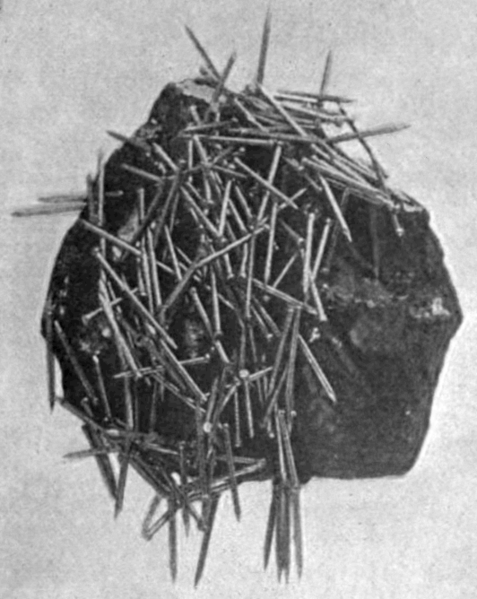
The lodestone compass, used by ancient navigators as early as the 1st century, changed how humanity explored the seas. This natural magnet pointed to magnetic north, making sea voyages more predictable and safer. Although widely used by early explorers, the lodestone compass was gradually replaced by more advanced magnetic compasses. Its role in enabling the Age of Exploration is often overlooked in history books. Forgotten by many, this simple invention was critical in shaping global trade and exploration routes. Without it, many ancient expeditions might never have been possible.
The Water Wheel

The water wheel, dating back to ancient Greece, was a revolutionary way to harness natural energy. Used primarily for grinding grain, water wheels transformed river power into mechanical energy, laying the groundwork for future industrial machinery. Although water wheels were common in ancient and medieval times, they became less essential with the advent of steam power. Forgotten in the industrial age, this invention helped catalyze early mechanical progress. The water wheel’s simple, yet effective design made it a key invention in early agricultural and industrial development.
The Jacquard Loom

Invented in 1804 by Joseph Marie Jacquard, this loom could weave complex patterns automatically by reading punch cards. The Jacquard Loom was revolutionary in the textile industry, allowing intricate designs to be mass-produced. Its punch card system would later inspire early computers, yet the loom itself has largely been forgotten. This innovation accelerated the mechanization of weaving, paving the way for modern textile production. The Jacquard Loom’s influence reaches far beyond its initial purpose, linking it to the development of programmable machines. Despite this, it remains a forgotten chapter in industrial history.
Greek Fire

Greek fire, a highly flammable substance used by the Byzantine Empire, was a secret weapon that could ignite even on water. It played a decisive role in several naval battles, helping the Byzantines defend their empire for centuries. The exact recipe for Greek fire was lost after the fall of Constantinople, and no one has since been able to replicate it. Forgotten in modern times, it was a precursor to modern incendiary weapons. The secrecy surrounding its composition has only added to its mystique. Its use in warfare was as revolutionary as it was terrifying.
The Mechanical Turk
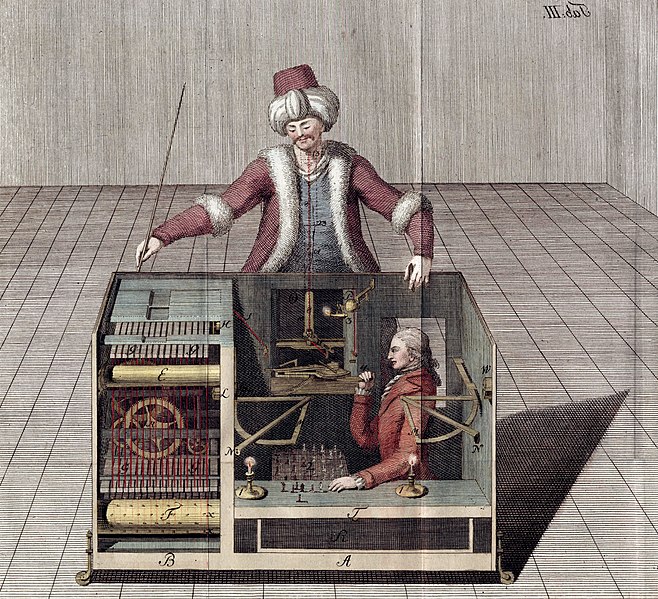
In 1770, Wolfgang von Kempelen created the Mechanical Turk, a chess-playing automaton that astonished audiences by defeating human opponents. While the machine appeared to operate on its own, it was later revealed to have been controlled by a hidden human chess master. Despite the deception, it sparked interest in artificial intelligence and automation long before computers existed. Forgotten after its destruction in a fire, the Mechanical Turk’s impact on the idea of machine intelligence lives on. It demonstrated the potential for machines to mimic human thinking, even in an age of mechanical limitations.
The Polygraph
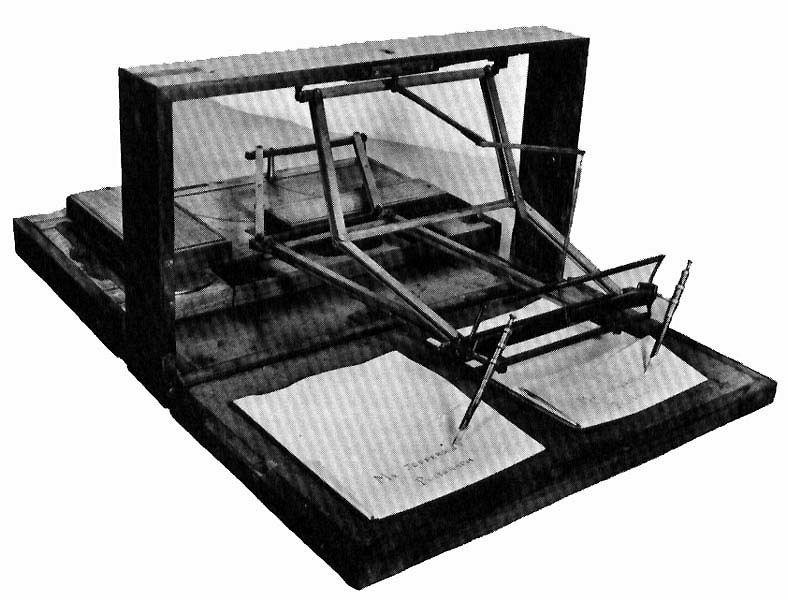
The polygraph, invented by Thomas Jefferson in 1804, was an early copying device that allowed users to write duplicates simultaneously. While Jefferson personally used the polygraph to create copies of his correspondence, the invention never gained widespread use. Over time, more practical duplicating technologies replaced it, causing the polygraph to fade into obscurity. Yet, it represented a novel solution to a common problem of its era: duplicating documents efficiently. Jefferson’s fondness for the device showed his forward-thinking approach to technology. Though forgotten today, it was a precursor to modern copy machines.
The Hand Mill

The hand mill, or quern, dates back to ancient civilizations and allowed people to grind grain manually. This simple device was crucial for early societies, as it enabled them to process grain for food without complex machinery. Over time, larger water and wind-powered mills replaced hand mills, leaving them forgotten in the progression of technology. Yet, for centuries, they were an essential tool in daily life. The hand mill stands as a testament to the importance of small, practical inventions in sustaining civilizations. Its role in early food production was vital to human survival.
The Stirrup
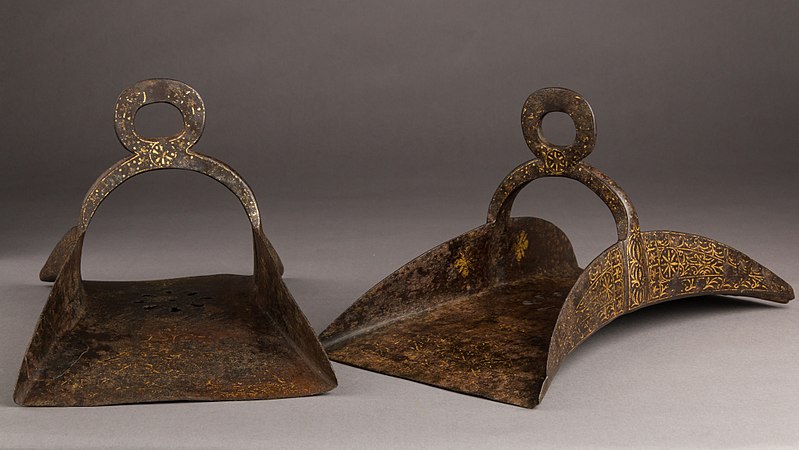
The stirrup revolutionized cavalry warfare by providing riders with greater stability and control over their horses. First appearing in China around the 4th century, it spread to Europe and played a key role in the dominance of mounted knights during the medieval period. Forgotten today, its significance in changing military tactics and enabling powerful cavalry charges cannot be overstated. The stirrup’s impact on medieval warfare was profound, allowing mounted soldiers to wield weapons more effectively. Despite this, it rarely receives the recognition it deserves as a transformative invention. It reshaped military strategy for centuries.
The Archimedes Screw
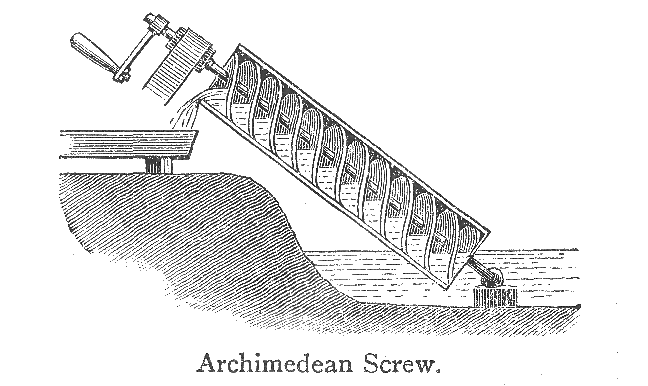
The Archimedes screw, invented by the ancient Greek mathematician Archimedes, was designed to lift water for irrigation. This simple, yet effective, invention allowed water to be transferred from lower to higher ground, revolutionizing agricultural practices. Forgotten for much of modern history, the Archimedes screw remains one of the earliest examples of hydraulic engineering. Its design is still used in some applications today, particularly in irrigation and wastewater treatment. The lasting impact of this invention on agriculture and engineering highlights its importance. Though not widely remembered, its influence persists in modern engineering solutions.
The Windmill
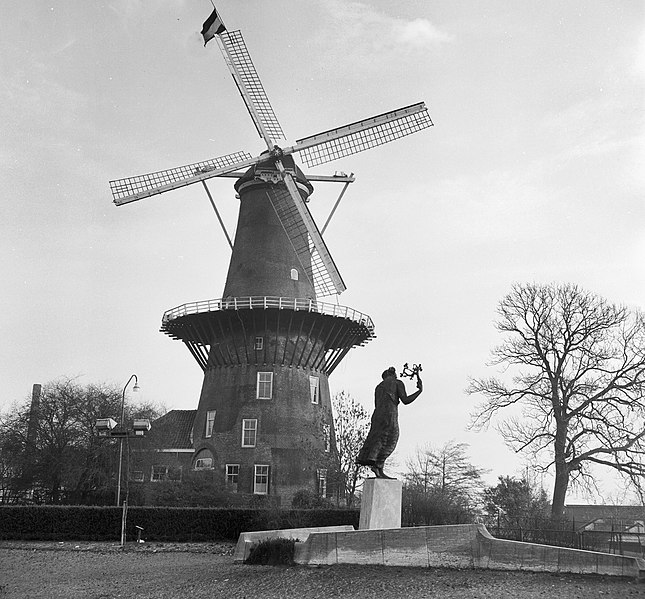
Though windmills are commonly associated with medieval Europe, their origins trace back to Persia in the 7th century. These early wind-powered machines were used for grinding grain and pumping water. Forgotten as steam and electric power took over, windmills played a crucial role in early mechanical energy conversion. They represent one of the first examples of harnessing renewable energy for practical purposes. Their legacy continues today with the resurgence of wind power in modern renewable energy strategies. The windmill’s role in shaping early energy use is a testament to its forgotten significance.
The Paper Kite
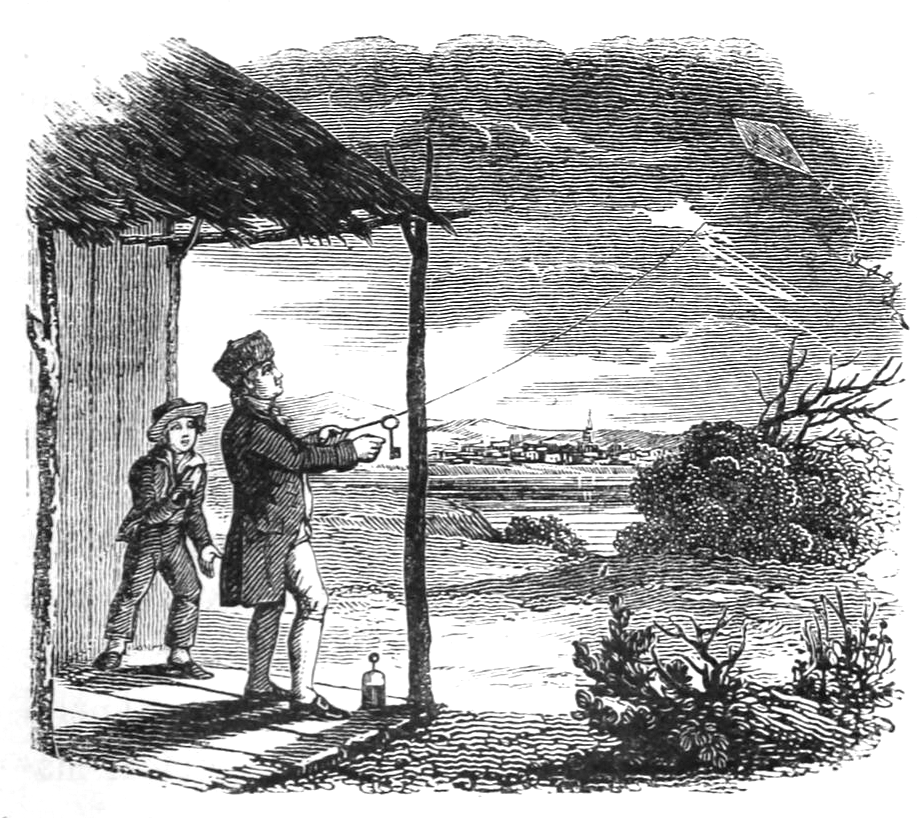
While often thought of as a toy, the paper kite had revolutionary applications in science and military tactics. In 1752, Benjamin Franklin famously used a kite in his experiments with electricity, leading to the invention of the lightning rod. Additionally, kites were employed by ancient Chinese armies for signaling and reconnaissance. The kite’s forgotten role in technological and military advancements is often overshadowed by its recreational use. Despite its simplicity, it played an important part in scientific discoveries and strategic warfare. This seemingly playful invention had a far-reaching impact on history.
This article originally appeared on Rarest.org.
More From Rarest.Org
Grasslands are some of the most important yet underappreciated ecosystems on Earth, providing habitat for countless species and essential services like carbon storage. However, these vital areas are disappearing at an alarming rate due to agricultural expansion, urbanization, and climate change. Read more.
Throughout history, some restaurants have stood the test of time, serving meals for hundreds of years and preserving culinary traditions along the way. These establishments offer not just food, but a journey into the past, with each bite steeped in centuries of history. Read more.
McDonald’s restaurants are known for their global reach, but some locations stand out not just for their food, but for their sheer size. Around the world, these massive branches offer unique dining experiences, from high-tech features to entertainment options. Read more.



